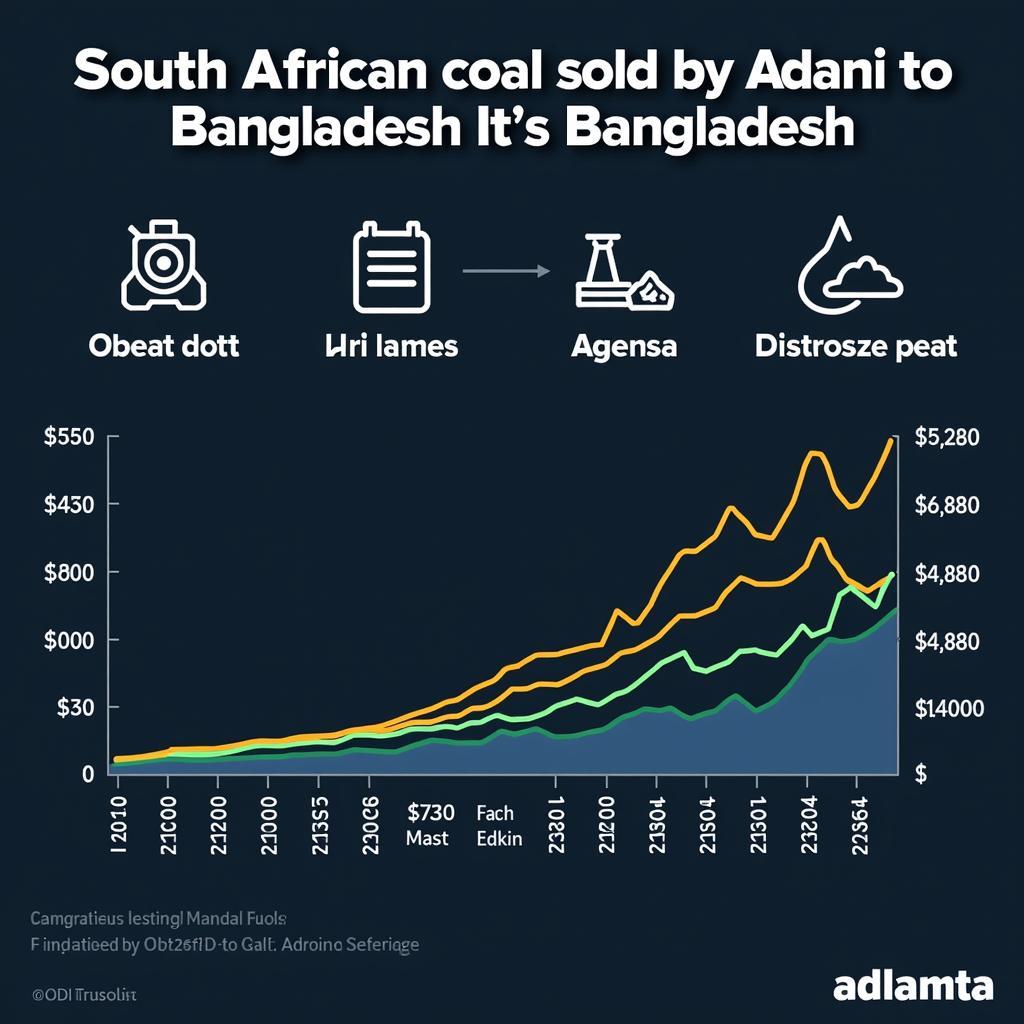Exploring the Diverse World of African Amphibians
Africa, a land of vibrant landscapes and incredible biodiversity, is home to a fascinating array of amphibians. These often-overlooked creatures play a vital role in the continent’s ecosystems, from the rainforests of the Congo Basin to the arid savannas of the Sahel. This article delves into the captivating world of African Amphibians, exploring their unique adaptations, diverse habitats, and the challenges they face in a changing world.
There’s a remarkable diversity among African amphibians, with new species still being discovered. From the giant Goliath frog to the tiny reed frogs, these creatures have evolved a wide range of strategies for survival in the continent’s diverse environments. Understanding their life cycles, behaviors, and ecological importance is crucial for conserving these unique animals. Let’s embark on a journey to discover the wonders of African amphibians and appreciate their crucial role in the web of life. Want to learn more about the fascinating world of African dwarf frog facts? Click the link to discover interesting insights about this unique species.
The Amazing Adaptations of African Amphibians
African amphibians have evolved remarkable adaptations to thrive in the continent’s varied climates and habitats. Some, like the desert rain frog, can burrow underground to escape the scorching desert heat, emerging only when the rains arrive. Others, like the hairy frog, develop hair-like skin extensions during the breeding season, increasing their surface area for absorbing oxygen. The diverse range of adaptations found in African amphibians showcases their resilience and ability to flourish in even the most challenging environments.
Habitats of African Amphibians: From Rainforests to Deserts
African amphibians occupy a wide range of habitats, from the lush rainforests of Central Africa, teeming with colorful tree frogs and toads, to the arid deserts of Northern Africa, where specialized species like the desert rain frog have carved out a niche. They can also be found in savannas, grasslands, and even urban environments. Understanding the specific habitat requirements of each species is crucial for conservation efforts. Interested in the growth patterns of the African bullfrog? Check out the resource on African bullfrog growth.
The Role of African Amphibians in the Ecosystem
African amphibians play an essential role in their ecosystems, serving as both predator and prey. They control insect populations, preventing outbreaks of pests that can damage crops and spread diseases. They also serve as a food source for larger animals, including birds, reptiles, and mammals. The delicate balance of these ecosystems depends on the health and diversity of amphibian populations.
Threats to African Amphibians
Despite their remarkable adaptations, African amphibians face numerous threats, including habitat loss due to deforestation, agriculture, and urbanization. Pollution, climate change, and the introduction of invasive species also pose significant challenges. Conservation efforts are crucial to ensure the survival of these fascinating creatures.
Conservation Efforts for African Amphibians
Various organizations and researchers are working tirelessly to protect African amphibians. These efforts involve habitat restoration, monitoring populations, and raising awareness about the importance of these creatures. Learn more about suitable tank mates for the African clawed frog by visiting the African clawed frog tank mates page.
Conclusion
African amphibians represent a vital part of the continent’s rich biodiversity. Their incredible adaptations, diverse habitats, and crucial ecological roles make them fascinating subjects of study. By understanding the challenges they face and supporting conservation efforts, we can help ensure the survival of these amazing creatures for future generations. For more information, check out these stunning African goliath frog pictures. Want to know more about the African clawed frog vector? Click the link for details.
FAQ
-
What is the largest amphibian in Africa?
The Goliath frog is the largest amphibian in Africa, and indeed the world. -
How many species of amphibians are found in Africa?
Over 800 species of amphibians are found in Africa. -
Are all African amphibians poisonous?
No, not all African amphibians are poisonous. While some have toxic skin secretions as a defense mechanism, many are completely harmless. -
What do African amphibians eat?
Most African amphibians are carnivorous, feeding on insects, worms, and other invertebrates. Some larger species may also consume small vertebrates. -
How do African amphibians reproduce?
Most African amphibians reproduce through external fertilization, laying their eggs in water where they hatch into tadpoles. -
What are some of the threats facing African amphibians?
Habitat loss, pollution, climate change, and invasive species are among the major threats to African amphibians. -
How can I help conserve African amphibians?
Supporting conservation organizations, reducing your environmental footprint, and educating others about the importance of amphibians are all ways to help.
Scenarios:
-
Scenario: You find a frog in your garden and want to know if it’s an African clawed frog.
- Question: What are the identifying characteristics of an African clawed frog?
-
Scenario: You are setting up a terrarium and want to include an African bullfrog.
- Question: What are the specific habitat requirements of an African bullfrog?
-
Scenario: You are concerned about the declining amphibian populations in your local area.
- Question: What can I do to help conserve amphibian populations in my area?
Further Reading & Resources:
- Explore other articles on African wildlife and conservation.
- Learn more about specific amphibian species found in Africa.
- Find out about organizations working to protect African amphibians.
Need assistance? Contact us 24/7: Phone: +255768904061, Email: kaka.mag@gmail.com, Address: Mbarali DC Mawindi, Kangaga, Tanzania.


